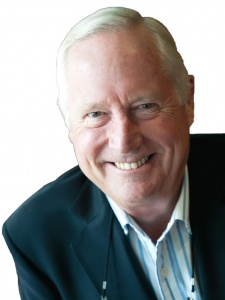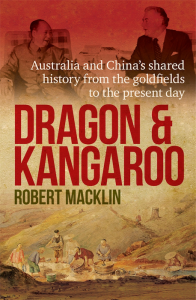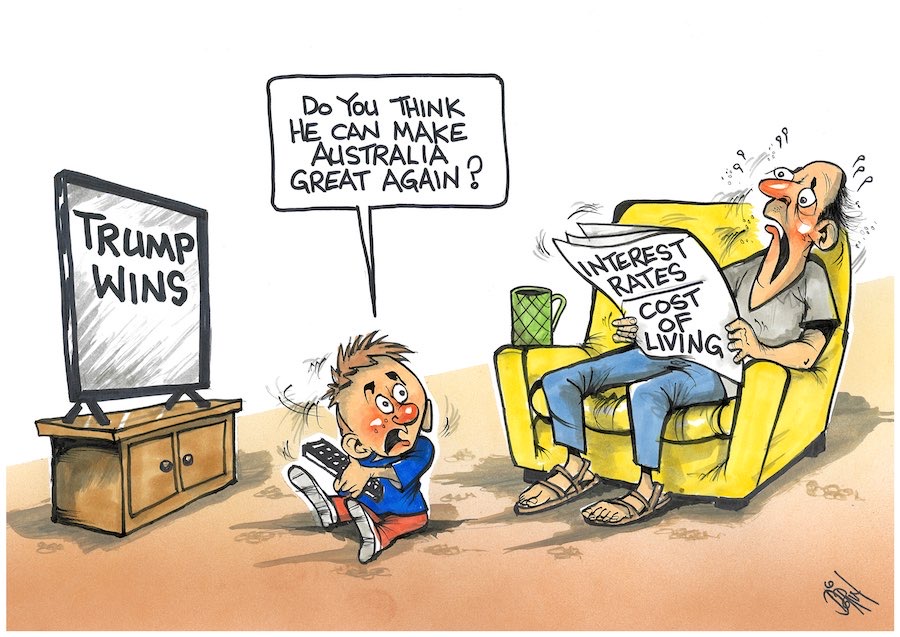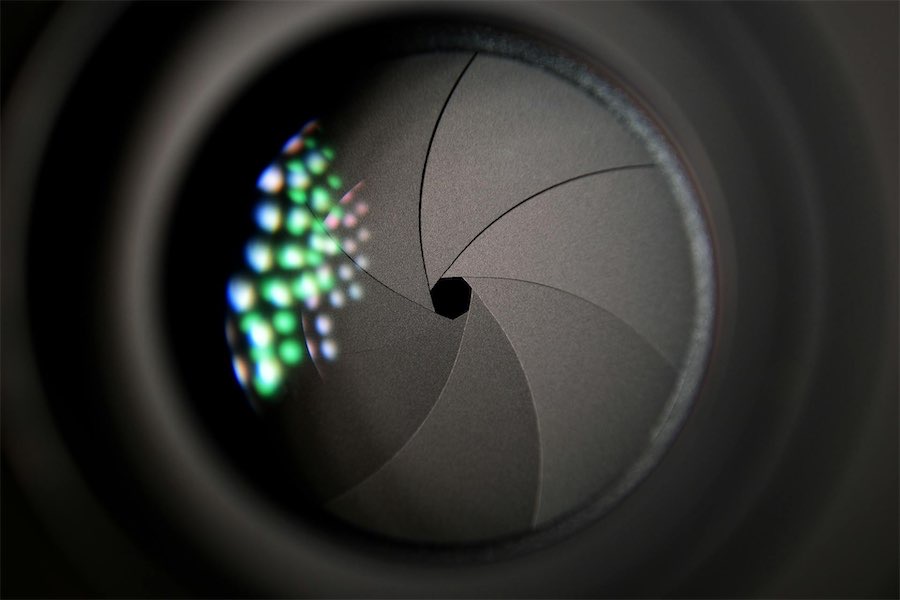
IN all the fuss over Section 44 of the Constitution, no one seems to have realised what was behind the framers’ decision to insert a measure that would prevent Australian residents from standing for Parliament if they had the capacity – whether they used it or not – to be a citizen of another country.

The idea that they wanted to ensure MPs were not going to advocate for any other nation just doesn’t cut it. In 1901 when the first Parliament was elected – and for the next half century – they were all British subjects and consequently were at least dual citizens.
The truth, alas, is an echo of the racism behind the law passed by that first Parliament that for the next 70 years prevented us from developing good relations with our regional neighbours. Yes, it’s the White Australia Policy, our unique contribution to international apartheid. It was aimed directly at the Chinese-Australians who, at the time, were developing the NT and providing the fresh vegetables on Queensland grazing properties that allowed us to develop the wool industry that we rode to prosperity for a century or more.
It was part of a hidden history of our relations with China that I have tried to expose in my new book, “Dragon and Kangaroo”. And I can’t help having a quiet smile at the chaos caused to our current MPs by the actions of their predecessors. It is particularly poignant for the dual British/Australian citizens because it was prideful Britishness that was behind their determination to treat the Chinese migrants as interlopers. Indeed, they even passed a law that they couldn’t marry indigenous Australians! (Marriage equality meant something different then.)

But the Australia-China story is not all gloom and doom. Far from it, there were some wonderful characters in both countries who became quite influential and much respected. Two Australian journalists, George Morrison and William Donald, for example, were highly influential advisers to Chinese governments. Morrison helped to bring down the last Qing dynasty and establish the first Chinese republic in 1912.
His friend and associate, William Donald was the principal adviser to the great revolutionary, Sun Yat-sen, and later worked very closely with President Chiang Kai-shek until World War II. Indeed, were it not for the Chinese resistance in that conflict tying up a million Japanese soldiers at terrible cost to China, they would have undoubtedly invaded Australia.
Here at home, Quong Tart was only nine when he arrived in Braidwood with his uncle during the gold rush, but became a beloved figure throughout the country. When his uncle returned to China, Quong Tart was “adopted” by the Forsyths, a Scottish family who ran the town’s general store. And thereafter he spoke with a Scottish accent and, as an adult, often wore the kilt.
 He became a highly successful businessman in Sydney and ran his own fashionable tea rooms in the city. When he died in 1903 from injuries suffered from a violent burglar, more than 1500 people – including the state’s political and business leaders – followed his coffin to Rookwood Cemetery.
He became a highly successful businessman in Sydney and ran his own fashionable tea rooms in the city. When he died in 1903 from injuries suffered from a violent burglar, more than 1500 people – including the state’s political and business leaders – followed his coffin to Rookwood Cemetery.
It was a constantly astonishing experience to research the book. And I’m not surprised that these latest events have shown just how intertwined our history has been… and shall be.
“Dragon and Kangaroo” (Hachette, $32.99, e-book $16.99).
Who can be trusted?
In a world of spin and confusion, there’s never been a more important time to support independent journalism in Canberra.
If you trust our work online and want to enforce the power of independent voices, I invite you to make a small contribution.
Every dollar of support is invested back into our journalism to help keep citynews.com.au strong and free.
Thank you,
Ian Meikle, editor




Leave a Reply